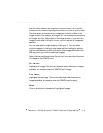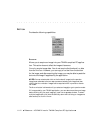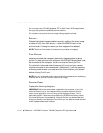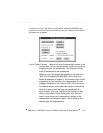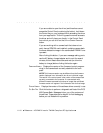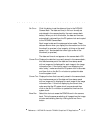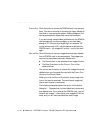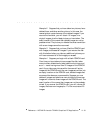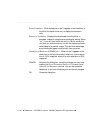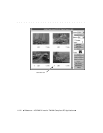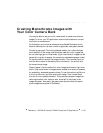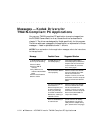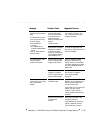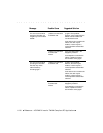
. . . . . . . . . . . . . . . . . . . . . . . . . . . . .
Reference — KODAK Drivers for TWAIN-Compliant PC Applications 11-19
Example 2.
Suppose that you have taken ten pictures, have
deleted three, and taken another picture. In this case, the
newest picture overwrites one of the deleted images. If you
recover the hard disk, you will obtain 10 images, nine
original images, plus the latest picture you have taken. The
exact location of the overwritten deleted image can not be
predetermined. The picture you deleted that was overwritten
with a new image cannot be recovered.
Example 3.
Suppose that you have filled the PCMCIA card
with images, and erased all images. If you recover the disk
with this button before you take any additional pictures you
will have recovered all of the images you erased.
Example 4.
Suppose you begin with a blank PCMCIA card.
Over time you have taken pictures, erased the disk, taken
more pictures, deleted some, taken additional pictures, and
so on — never having more than 20 images on the PCMCIA
card. As you take new pictures while there are still active
images on the PCMCIA card, the new images are written into
an empty location on the PCMCIA card; deleted images that
are overwritten become unrecoverable. Suppose you now
delete all images and take three new pictures; the three new
images will overwrite three images on the PCMCIA card. The
exact location of the overwritten images can not be predeter-
mined. If you recover the PCMCIA card, you will recover 20
images; the three new images plus 17 of the most recent 20
images.



